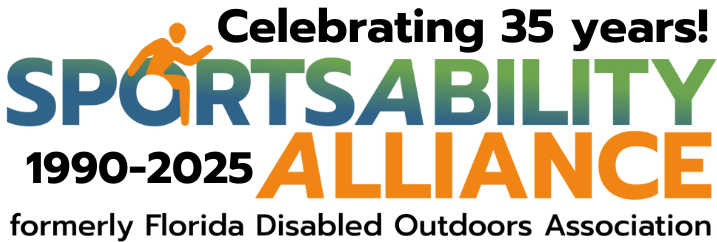Children are introduced to physical culture from a very young age. From “Mommy & Me” infant movement classes, to youth recreational soccer leagues, to sibling rough-housing. Physical culture is key for healthy child growth. Children start to develop gross motor skills as early as four to five months old. Before kids learn to talk, they use physical gestures to communicate with others. They learn social cues and context first through body language and behavior. Children rely on bio-pedagogy teachings to understand how their body is an instrument for communication and activity. Even as children learn to communicate verbally, physical culture continues to guide how they interact with one another and the rest of society.
Sport is one method of teaching these crucial social skills. When part of a sports team, kids learn how to work together and rely on each other. Individually, they learn how to express themselves and their goals through the effort they apply to their physical activity.
Sport is one method of teaching these crucial social skills. When part of a sports team, kids learn how to work together and rely on each other. Individually, they learn how to express themselves and their goals through the effort they apply to their physical activity. Most importantly, children learn through sports that the physical cultural practices of society are contextually specific. Just as the skill set and etiquette required for golf are not the same as what is expected for football, different cultural settings require different physical behavior. The way children treat their peers in the classroom may not be how they treat their opponents on the soccer field. With physical culture as an aid, children can understand easier what behavior is appropriate in different social contexts.

 The American Heart Association currently recommends that adults accumulate greater than or equal to 150 minutes of moderate physical activity or 75 minutes of vigorous activity per week while children should get at least 60 minutes per day of moderate-to-vigorous physical activity weekly.
The American Heart Association currently recommends that adults accumulate greater than or equal to 150 minutes of moderate physical activity or 75 minutes of vigorous activity per week while children should get at least 60 minutes per day of moderate-to-vigorous physical activity weekly. walking, targets knee flexion and helps to activate those muscles
walking, targets knee flexion and helps to activate those muscles

